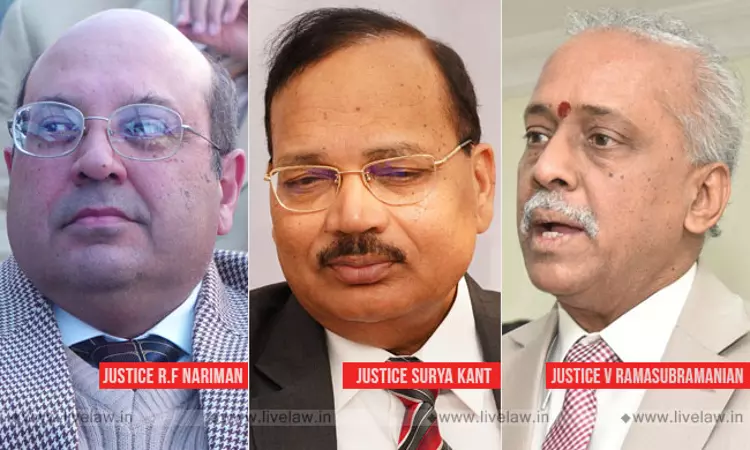Arcelor Mittal Bid For Essar Steel: Key Aspects In SC Judgment
Arunima Bhattacharjee
16 Nov 2019 1:07 PM IST

Next Story
16 Nov 2019 1:07 PM IST
In what will have a long-standing impact on the IBC regime, the SC has decided the Essar Steel Insolvency matter in favour of the Committee of Creditors (CoC) of Essar Steel, and has set aside the NCLAT'sjudgment. The constitutional validity of the Insolvency and Bankruptcy Code (Amendment) Act, 2019 (Amendment Act, 2019), has been upheld however, the word 'mandatorily' in...
